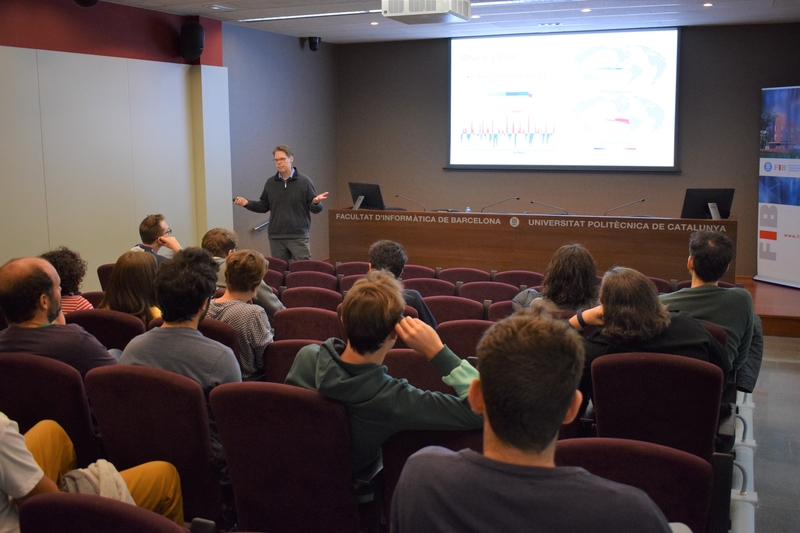Objectives
Click here to download the presentation
Abstract: Over the last decade, there have been El Niño forecasts that looked promising in the spring but faltered later. Historically, there is a significant positive correlation between observed springtime tendencies in Niño-3.4 and the subsequent trajectory of Niño-3.4 through the remainder of the year. This correlation also emerges in forecasts from the North American Multi-model Ensemble (NMME) and the ECMWF seasonal prediction system (SEAS5), but appears to be stronger among members than in the observed data. In other words, the model tends to extrapolate the springtime trajectory of ENSO too strongly into the future. As it turns out, the leading EOF of Niño-3.4 begins to grow during the spring and then peaks toward end of the year. Based on a reconstruction, it is mostly errors in this ENSO “growth mode” that are associated with errors in the NMME Niño-3.4 tendencies from the summer to winter. Comparison of the EOFs of the historical Niño-3.4 evolution with those from forecasts provides a new metric for model assessment.
Short bio: Michael Tippett is an Associate Professor in the department of Applied Physics and Applied Mathematics at Columbia University. Tippett’s climate research ranges from the detection and attribution of climate change in models and observations on centennial time-scales, to decadal prediction of Atlantic sea surface temperatures, to seasonal forecasts of the El Niño-Southern Oscillation (ENSO), as well as seasonal outlooks for temperature and precipitation for coming months. On shorter time-scales, Tippett investigates how severe thunderstorms (those resulting in tornadoes, hail, or damaging wind) and tropical cyclones are related to climate, now and in the future. Tippett received BS degrees in electrical engineering and mathematics from North Carolina State University and a MS and PhD in mathematics from New York University’s Courant Institute.
https://apam.columbia.edu/michael-tippett


